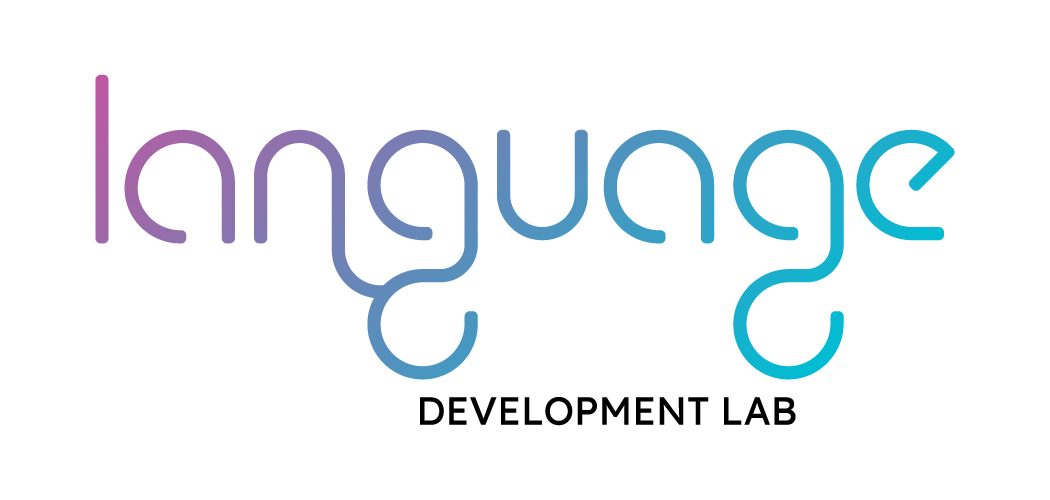We are pleased to announce the publication of a new paper titled “Bottom-up modeling of phoneme learning: Universal sensitivity and language-specific transformation” in the journal Speech Communication. This study was conducted by Frank and Youngah.
The research investigates the emergence and development of universal phonetic sensitivity during early phonological learning using an unsupervised modeling approach. The authors trained autoencoder models on raw acoustic input from English and Mandarin to simulate bottom-up perceptual development, focusing on phoneme contrast learning.
The results demonstrate that phoneme-like categories and feature-aligned representational spaces can emerge from context-free acoustic exposure alone. The study reveals that universal phonetic sensitivity is a transient developmental stage that varies across contrasts and gradually gives way to language-specific perception, mirroring infant perceptual development. Different featural contrasts remain universally discriminable for varying durations over the course of learning. These findings support the view that universal sensitivity is not innately fixed but emerges through learning, and that early phonological development proceeds along a mosaic, feature-dependent trajectory.
Tan, F. & Do, Y. (2025). Bottom-up modeling of phoneme learning: Universal sensitivity and language-specific transformation. Speech Communication. open_in_newDOI
















